Around 130 million people speak Japanese; it is the ninth most widely spoken language in the world.
Outside Japan itself, there may be as many as 5 million people who speak Japanese with some degree of fluency – predominantly descendants of Japanese emigrants in Hawaii, Brazil, and other parts of the Americas.
It is a unique language in many ways and does have the advantage of differing from the complexities of European languages, in that its grammar is relatively simple.
It does not have complicating factors such as gender articles, and distinctions between plural and singular are missing almost completely; rules for verbs and adjectives are simple and almost free of exceptions, and nouns appear always in the same form. So pronunciation poses hardly any problem for most learners.
The biggest difficulty is accenting, which does exist, but to a far lower extent than in say, the Chinese language; if you come from a Latin-based language the only difficulty is not accenting.
In addition, whether it is a stumbling block or an advantage is subjective I think, but, there are relatively many homonyms, i.e. words that are pronounced the same way but have different meanings.
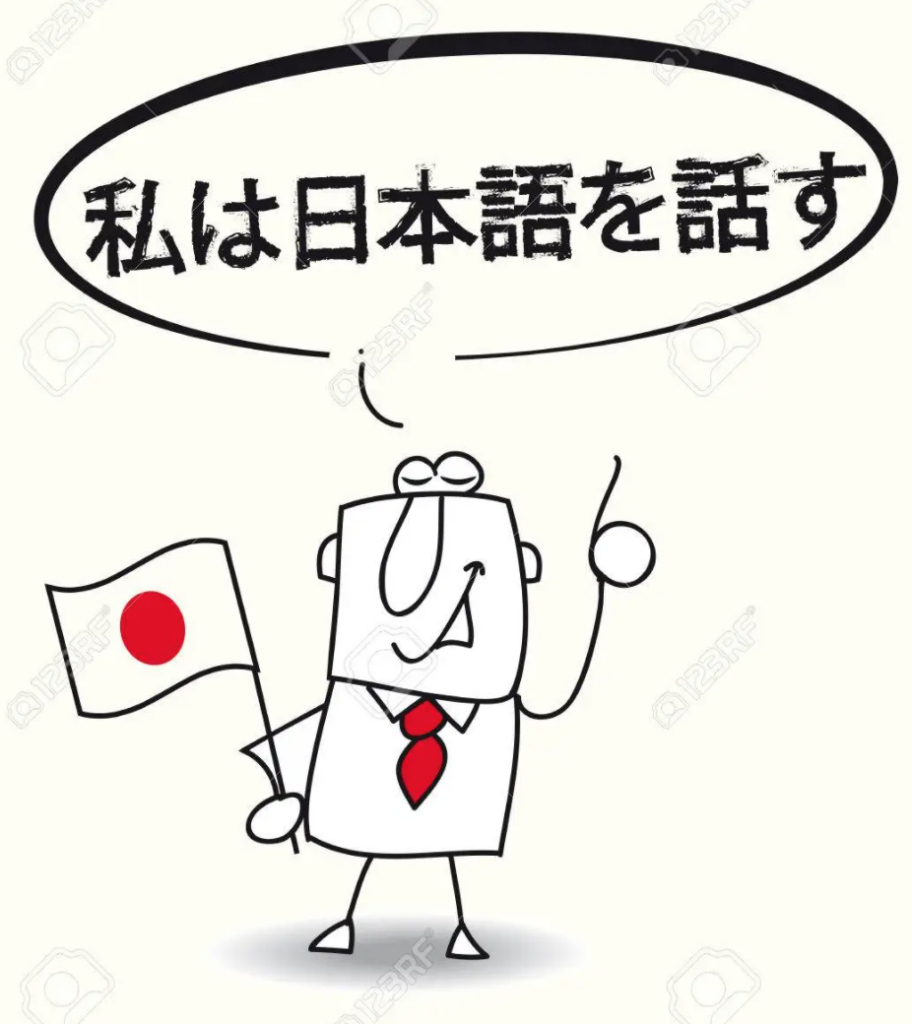
Strictly speaking, there are differing levels of speech according to the relationship of the people involved, mainly in terms of status.
For instance, there are more than five different words for the English word “I”, which are used depending on the context (personality, relationship…)
For formal situations, an honorific language level (keigo) is still in common use, but for many people including native speakers, this does not always encroach into day-to-day interaction and does not necessarily get in the way of non-Japanese engaging with people.
In fact, Japanese inclination to their notions of “wa” (和 – harmony) tends to confer on any non-Japanese native speaker respect and welcome, no matter how clumsily they speak, simply because they have made the effort to try.
What we call vowels are consistent and pretty much always the same sound, tone length and rhythm. As mentioned the Japanese language has much less accent than many other languages.
a: as in “mama” > mada / yet or still
i: as in “hid” > ima / now
u: as in “to put” > muzukashii / difficult
e: as in “bed” > sumimasen / excuse me
o: as in “cot” > gomen nasai / I’m sorry
**Accent occurs mainly in stresses where there is a double consonant:
ta-no-shi-katta / it was fun
or when the o is followed by u effectively“stretching” the o sound to sound “(I’m in) awe”:
arigatou / thankyou *most simply pronounced as in arigatoh
Using the language of a country one is visiting, even on the most basic level in the country really changes and enhances the experience.
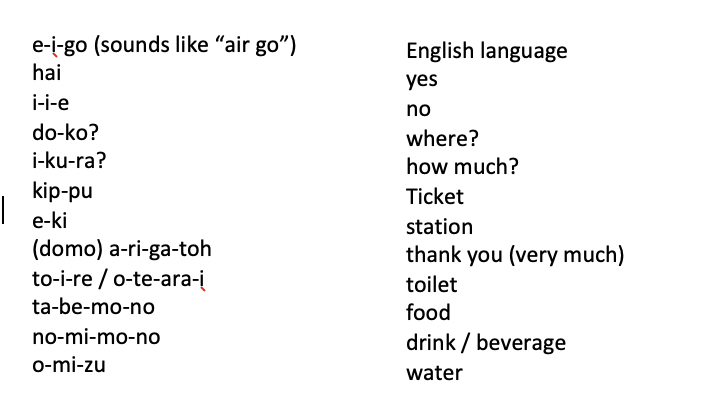
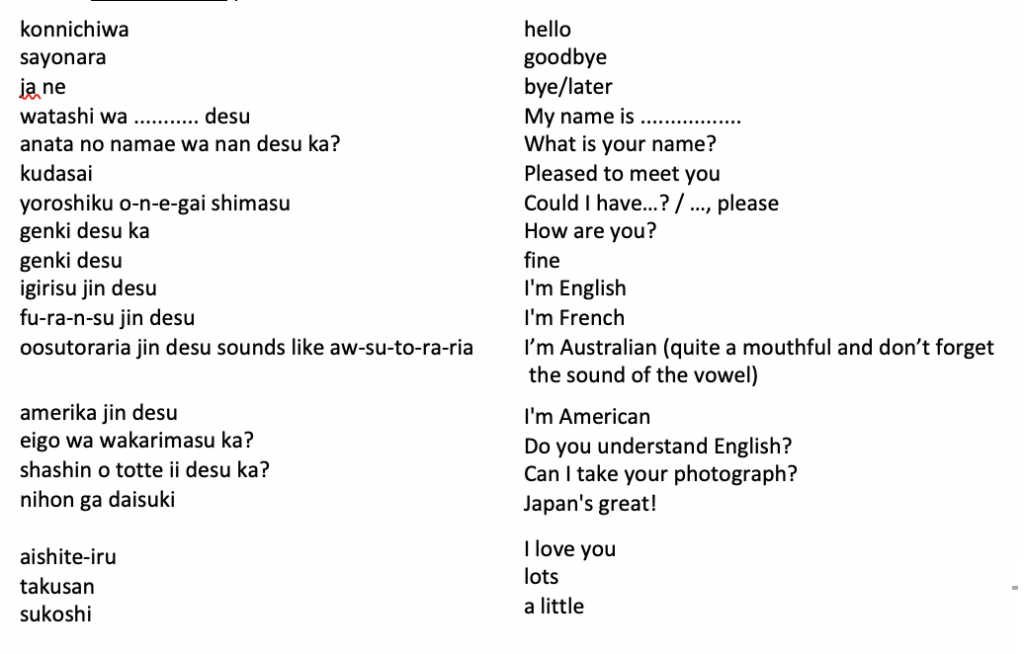
Probably the most confusing aspect for most inbound visitors is daily dealing with the immersion of characters.
The Japanese writing system consists mainly of three script forms, actually divided into two types of characters:
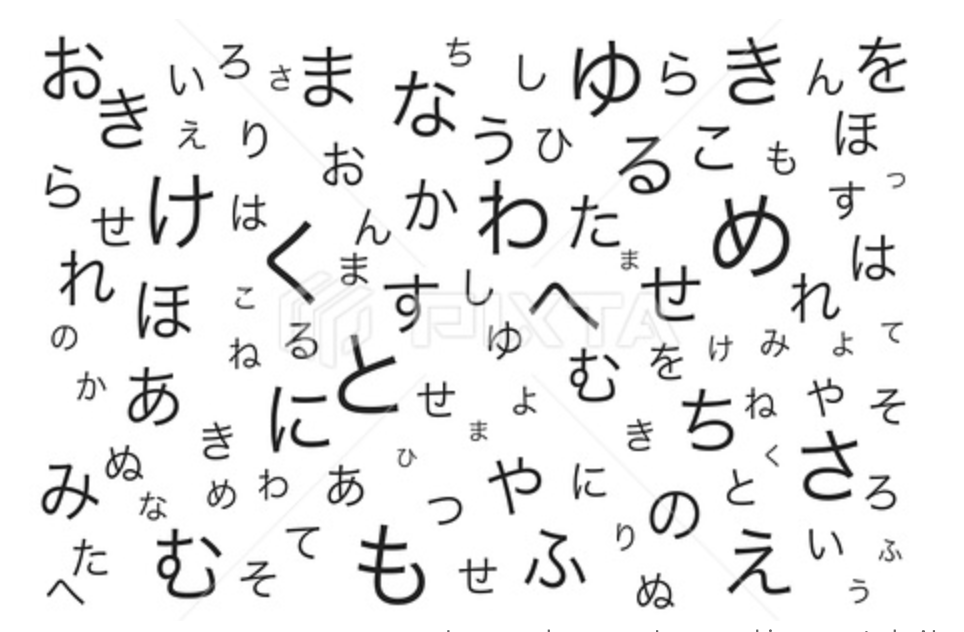
the syllabic kana – cursive hiragana (ひらがな) and angular katakana (カタカナ); and the more complex kanji (漢字, かんじ) – the adopted Chinese characters.
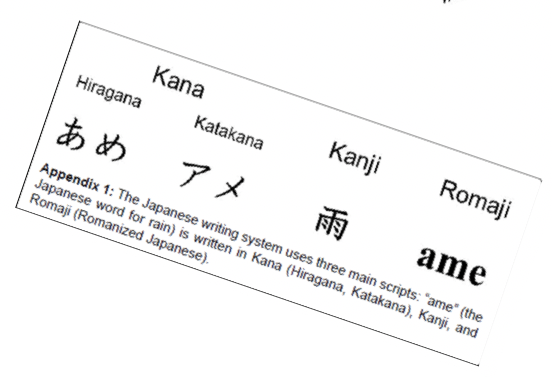
Briefly, because of the way in which kanji were adopted, a single character can actually have a number of different reading sounds. The kana characters, hiragana, and katakana are closer to our ABC as a set sound and guide to the reading of the kanji.
The subject is in fact immersive, if not bewildering to the beginner, so I will move along.
In the larger cities there is a lot of English signage these days but just the same, needs must, recognising the following everyday character encounters will be useful for a traveller:
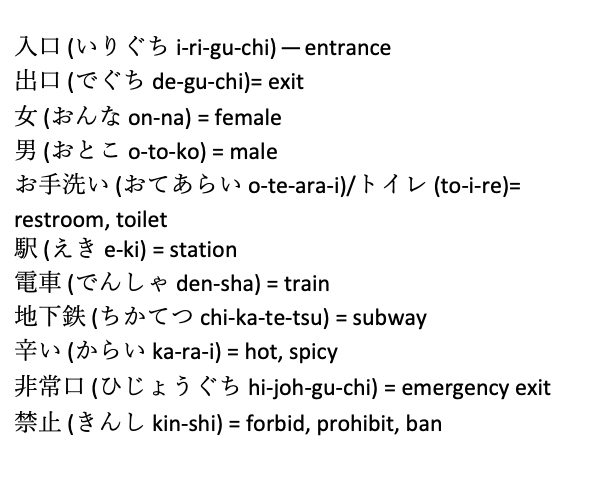
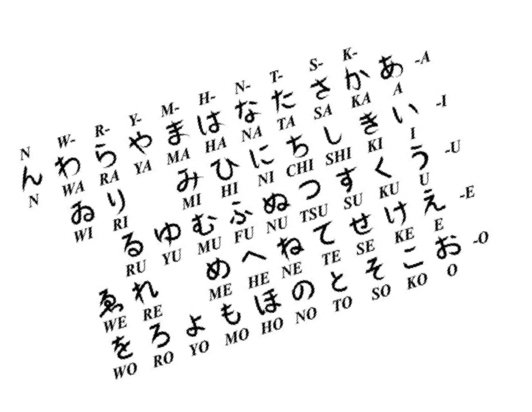
This is a good opportunity to segue, and give your brain a rest..
Japanese children beginning literacy and writing practice in year 1 (in some cases sooner!) initially learn and practice through a set phrase; much like our “The quick brown fox..”.
It is called the I-RO-HA but consider this:
o Like the sentence, “The quick brown fox…”, the Iroha comprises every single character of the Japanese hiragana character alphabet exactly once.
o It was composed in the Heian era (arguably 794–1179 CE).
o It is actually a poem. The theme of the poem embodies the ephemeral Buddhist theme of transience (of existence) – or in Japanese mujokan (無常感).
o Originally the poem was attributed to the monk Kūkai, the founder of the Japanese branch of the Shingon esoteric sect of Buddhism, but more modern research has found the date of composition to be later in the Heian Period.
o The order of the letters is not today’s standard (Western) school A-I-U-E-O though – but I-Ro-Ha.
o As in our NUMERICAL or alphabetical method of setting order, THE IROHA was a common contrivance for ordering practice (EXAMPLE: SHOE BOXES AT RESTAURANTS) before the current hiragana alphabet was popularized during the Meiji Period.
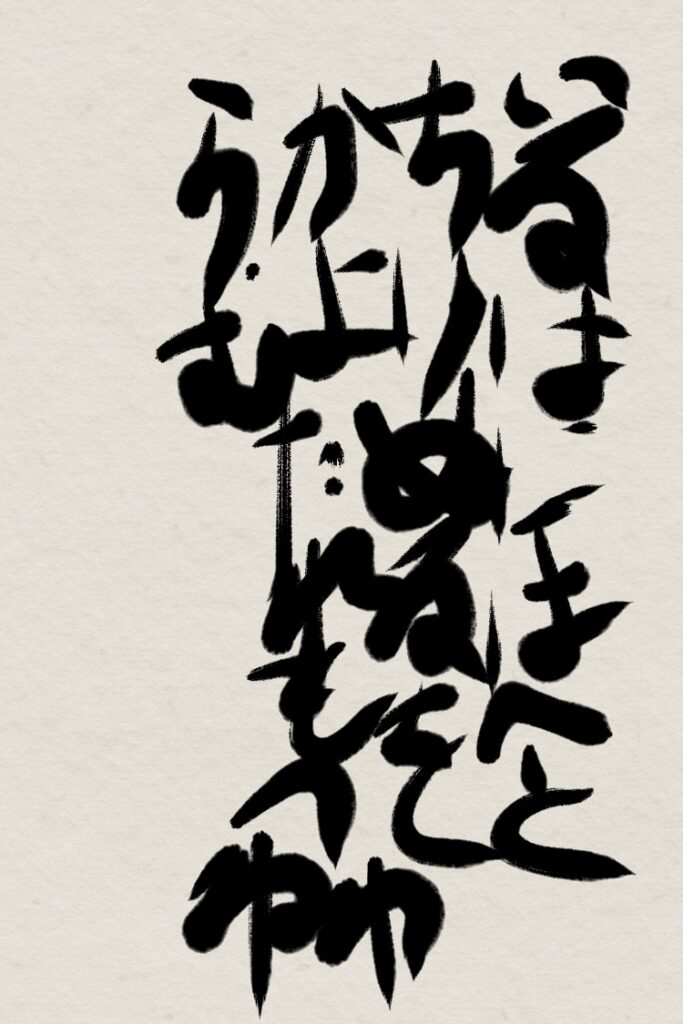
Poem:
いろはにほへと Iro ha ni ho he to
ちりぬるを Chi ri nuru wo
わかよたれそ Wa ka yo ta re so
つねならむ Tsu ne nara mu
うゐのおくやま U wi no oku yama
けふこえて Ke fu ko e te
あさきゆめみし Asa ki yu me mi shi
ゑひもせす We hi mo se su
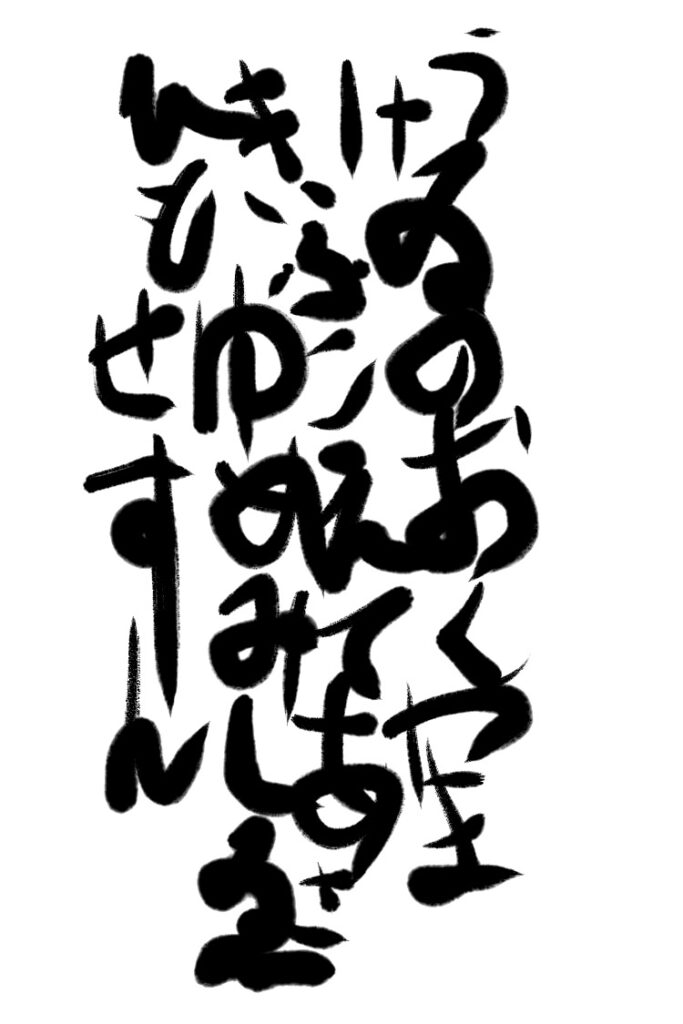
Translation:
Even the blossoming flowers
Will eventually scatter [Colors and fragrance, scatter and pass]
Who in our world is unchanging?
The deep mountains of karma —
We cross them today
And we shall have no shallow dreams
and be drunk no more (nor be deluded).
Here is a download of the iroha
Be aware of vowels as we practiced above!
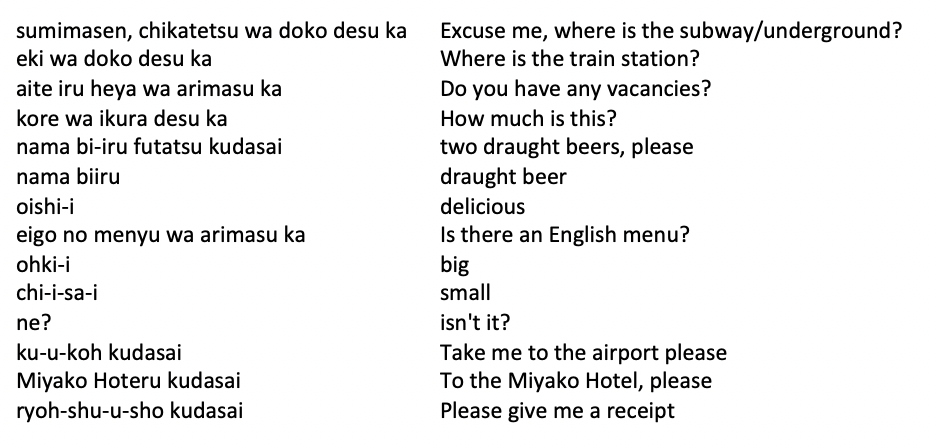
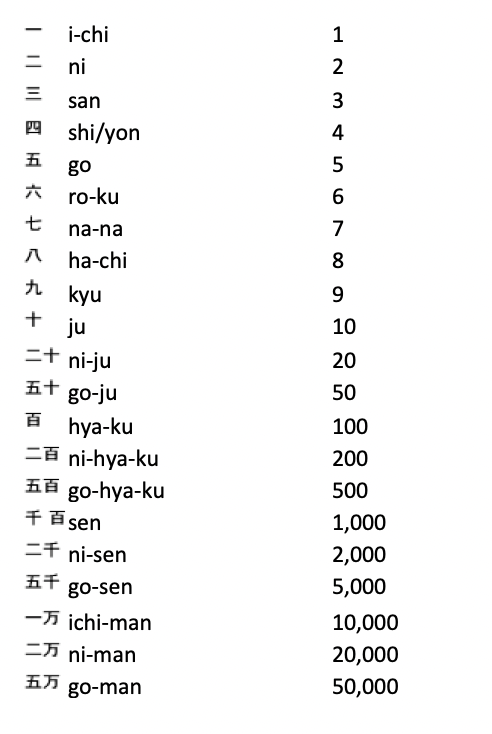
“en” = Japanese yen / ¥
roku-man ni-sen go-hyaku nana-ju yon en = ¥62,574
Weeell…
This is where it threatens to complicate things – that is, a whole other vocabulary is assigned to counting things, depending on the kind of item you are counting; e.g. cups, magazines, books, cars…and on.
Let’s keep it uncomplicated, eh?
When counting actual physical items, you best use cardinal numbers – which, from my experience, most visitors tend to know, as in the following:
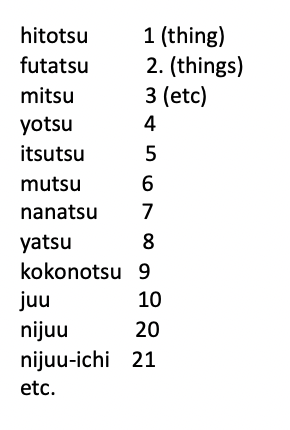
Well that’s pretty much all I have to say.
If you would like to explore deeper and find out more about the Japanese writing system.
This is the kanji and kana book I first studied with.
I hope this proves of interest and helps in some way in enhancing your experience with the extraordinary Japanese culture.
I will be following up this blog with blogs about great places to visit in Japan, starting with my list of The Best Places to Visit in Japan. Do keep an eye out for it!
If you plan to visit Hiroshima (my town), I’d love the opportunity to share any of the tours I have on offer with you, or to create a bespoke tour for you. I’ve been a tour leader and guide through Japan since 2006
Here are some reviews from my tours over the years.
Feel free to just reach out to me with any questions I may be able to help you with.
Hugh Cann is a bit of a Japanophile: an accomplished Japanese speaker, interpreter, translator, tour leader, martial arts practitioner, and oriental brush calligraphy artist.